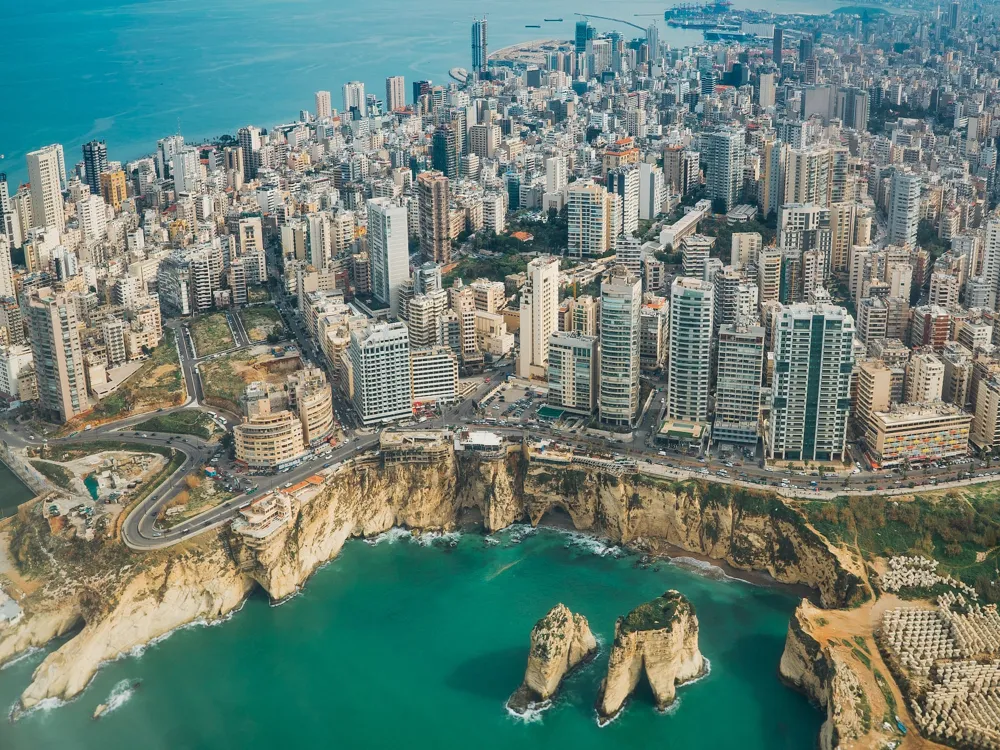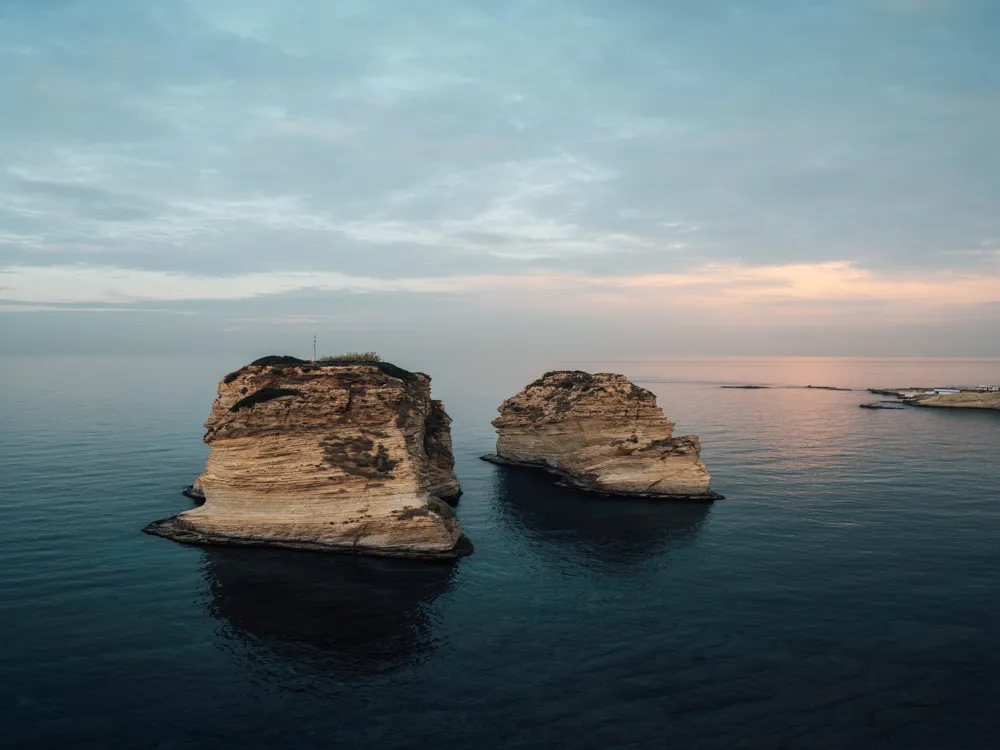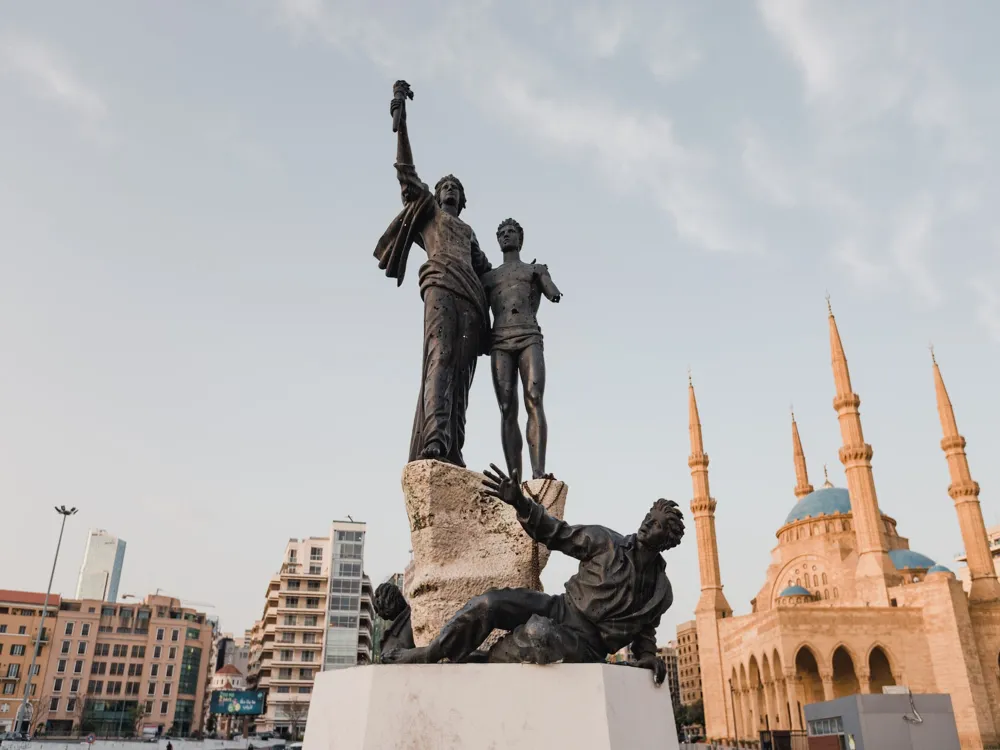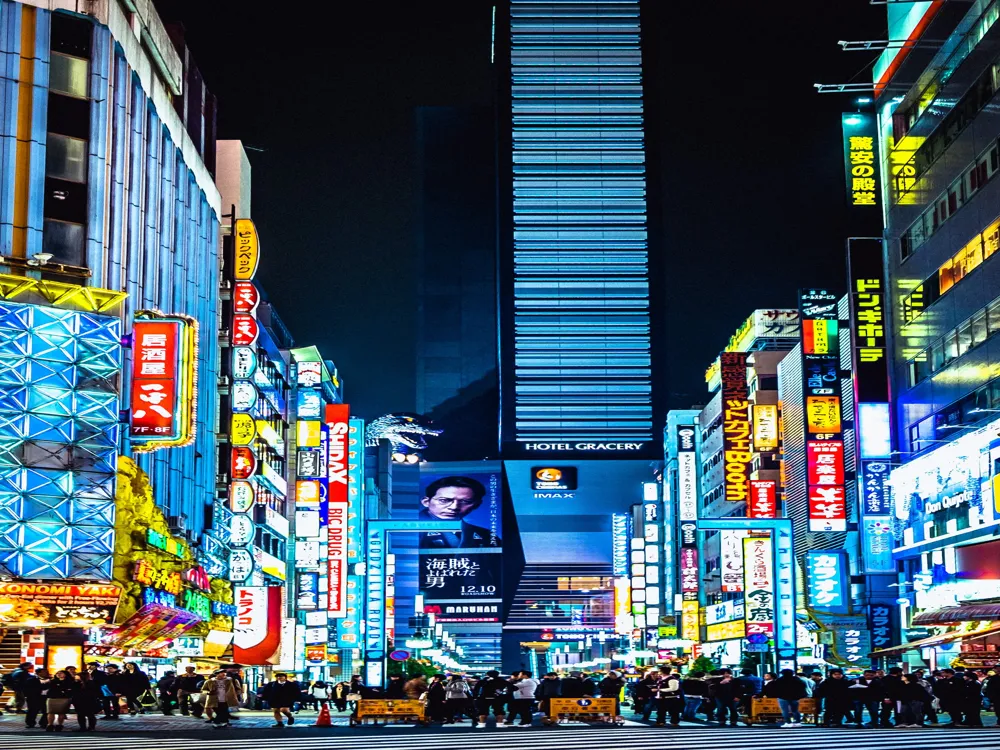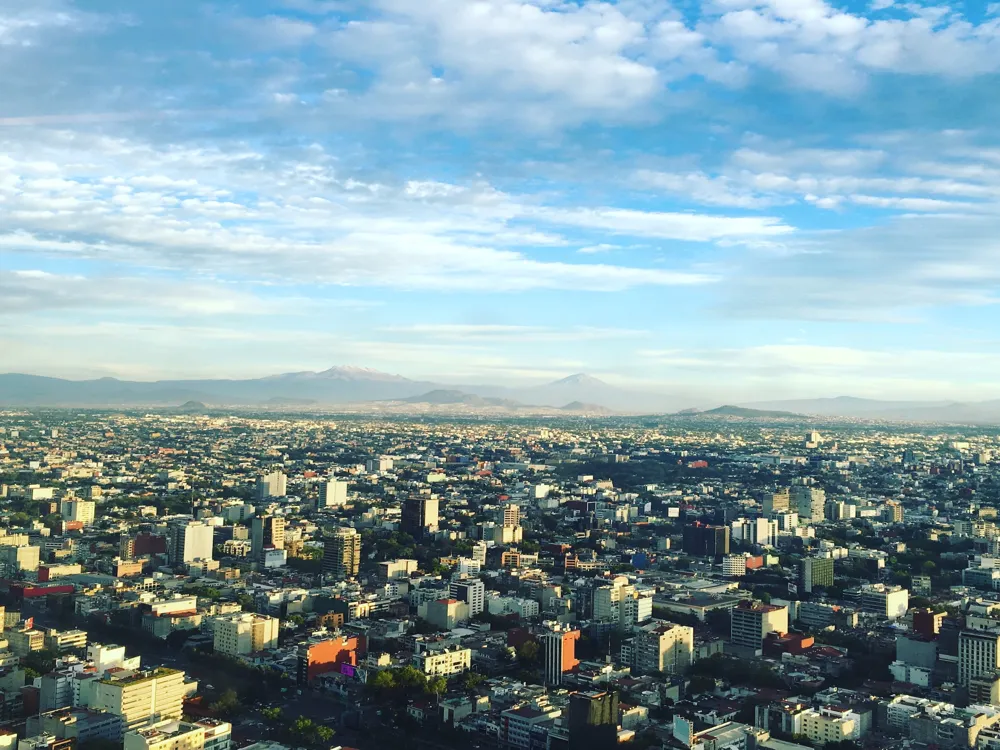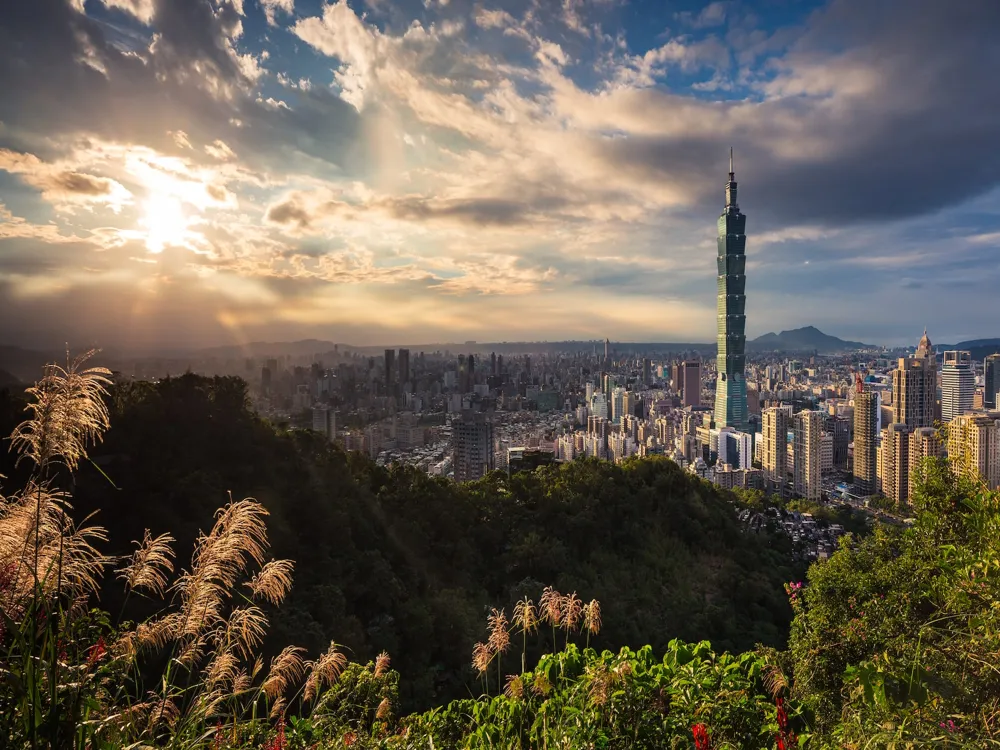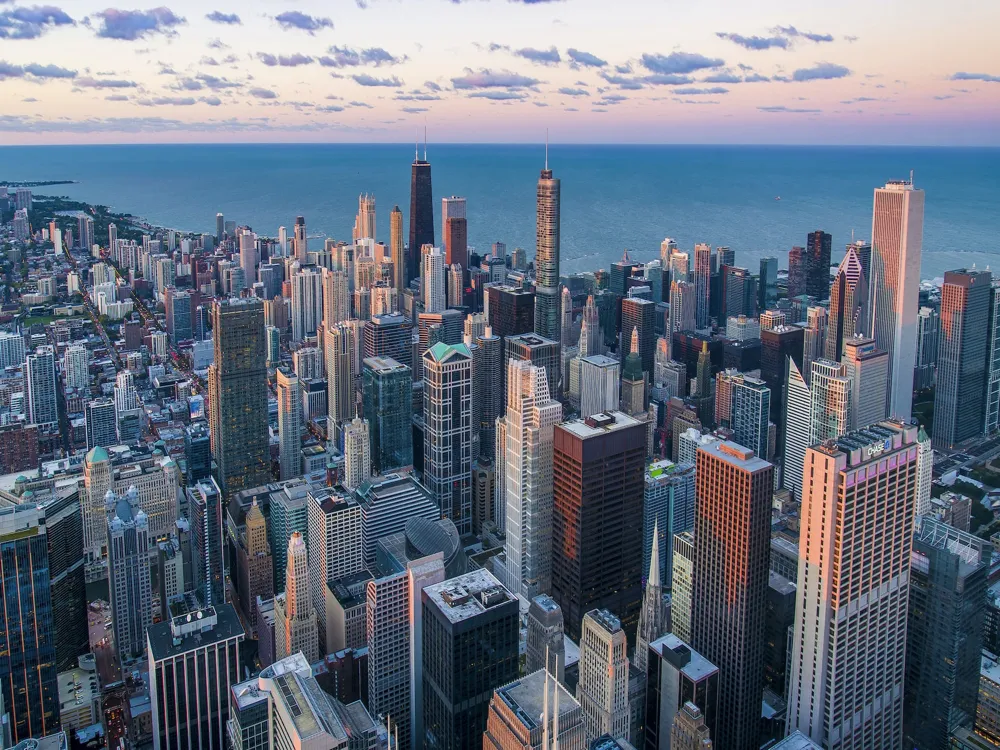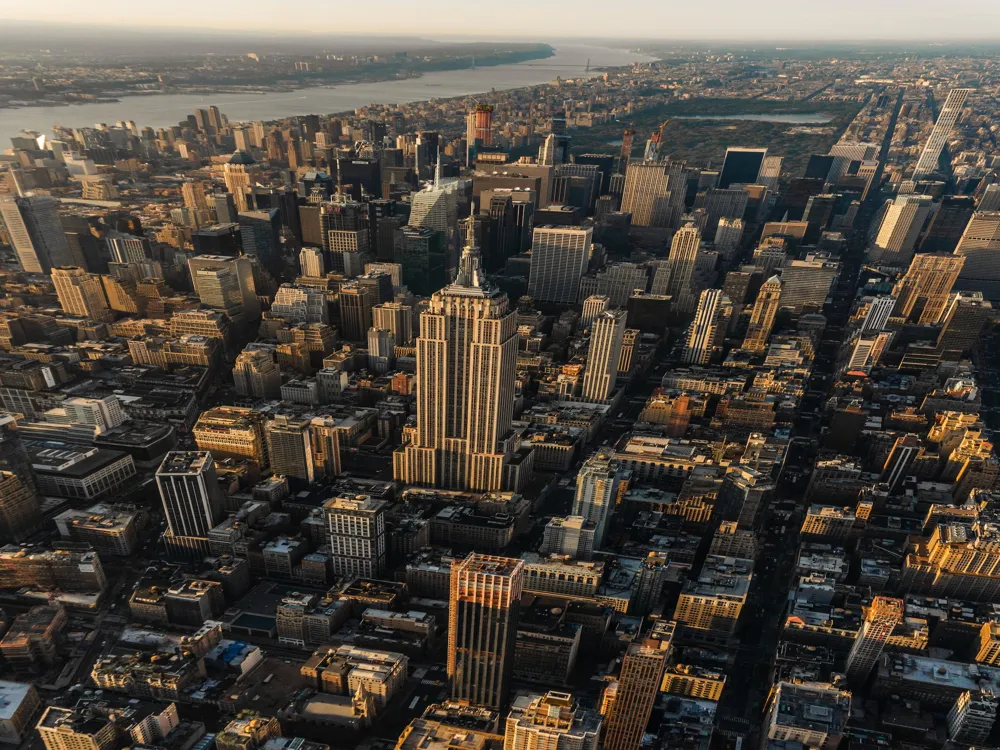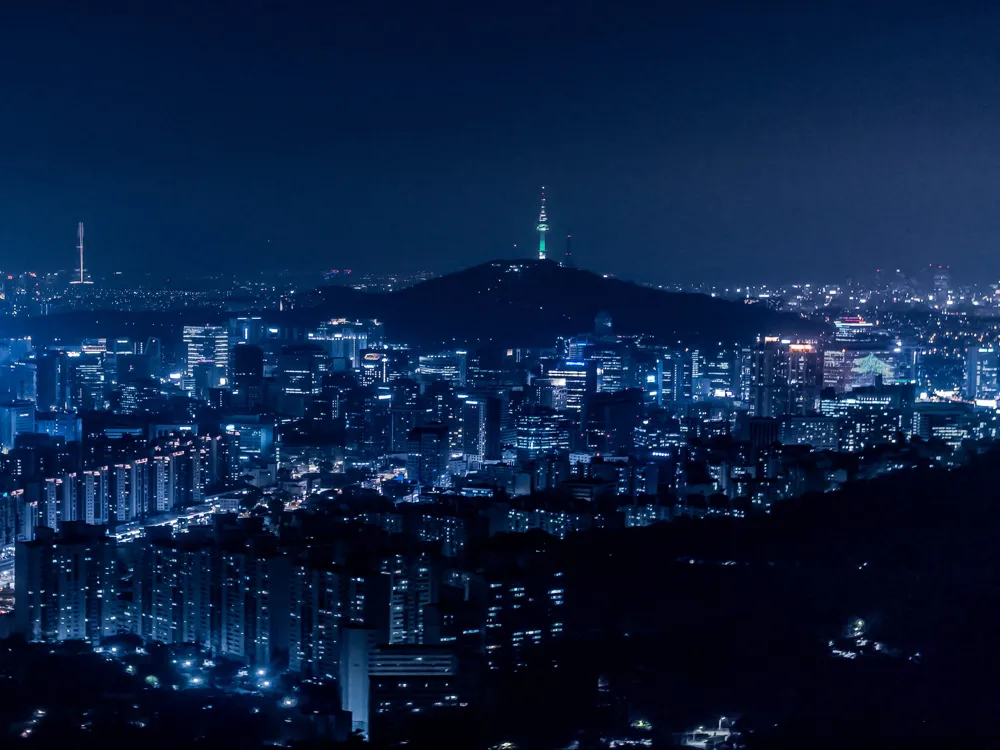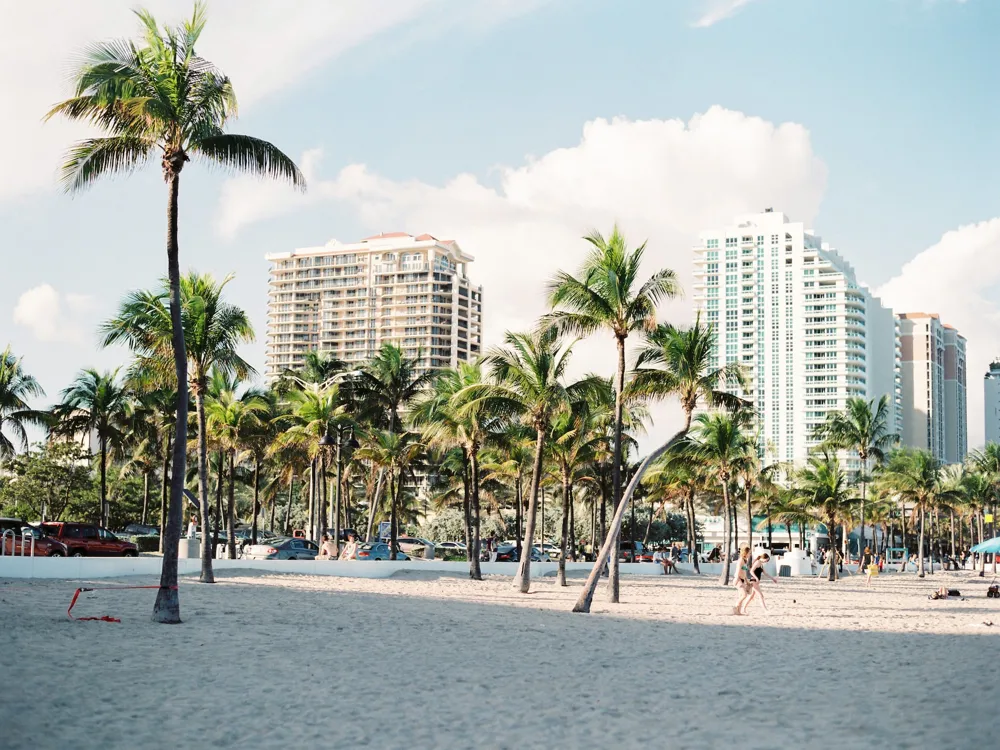Plan Your Travel To Beirut
Places To Visit In Beirut
Beirut Souks
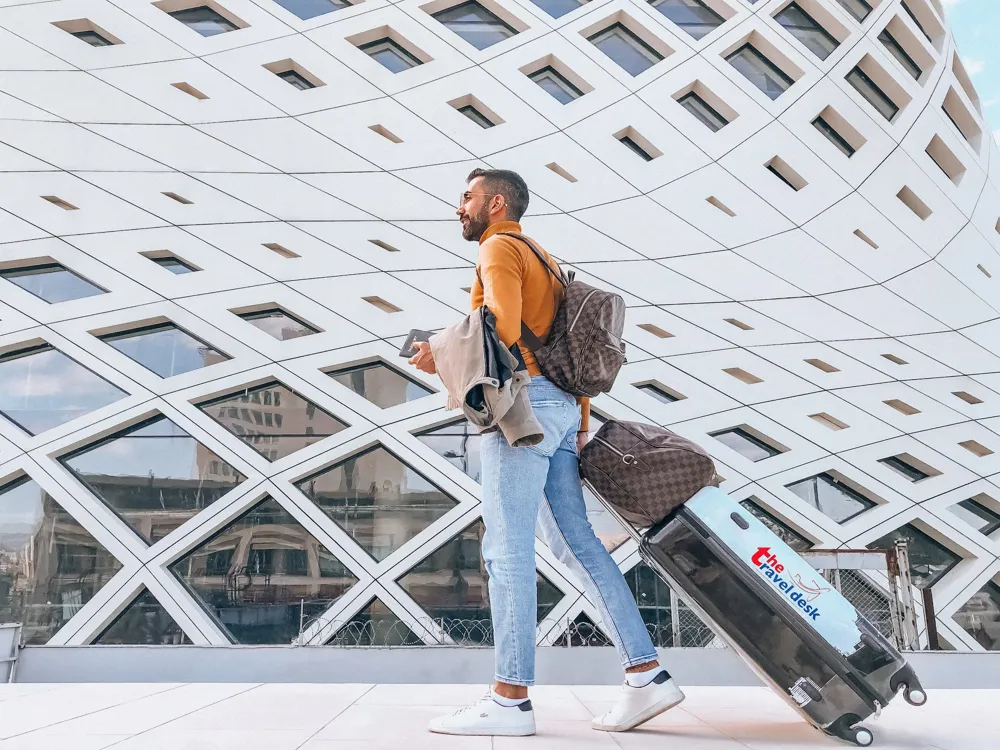
Beirut Souks is the city’s most extensive commercial shopping and leisure centre in Beirut Central District. The low-rising complex consists of two areas: North and South Souks. It has more than 200 shopping outlets, including world-famous brands, while the streets are lined with artistic wonders.
The North and South souks were designed by international and Lebanese artists in an ancient Greek grid pattern. The Gloriette encompasses entwining patterns around three benches at Jewelry Souk, Al Antabli Fountain pays homage to an old Ottoman fountain established in the exact location, and Souk al-Jamil features a medieval wall and moat getting transformed into a sunken garden. There are several restaurants and coffee shops for grabbing a quick bite, as well as a Buzz Playpark and CinemaCity with 12 high-end and 2 VIP theatres.
Read More
Byblos
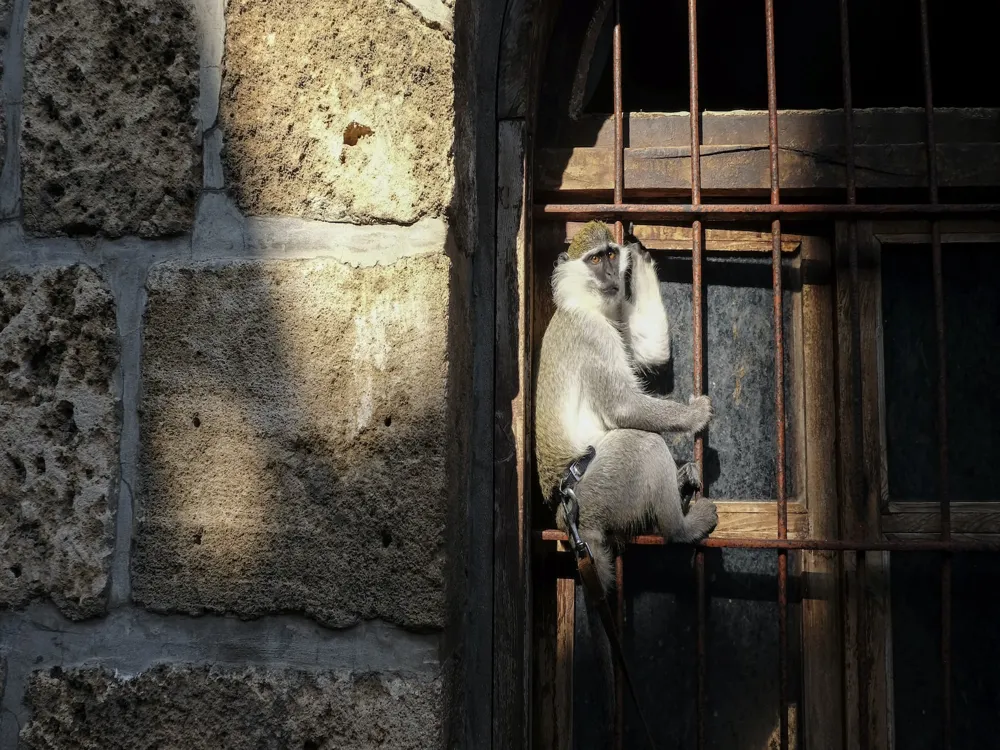
Byblos, one of the oldest continuously inhabited cities in the world, is also known as Jubayl and Jbeil. It is located north of Beirut on the coast of the Mediterranean Sea. Its ancient port, sandy beaches, upscale restaurants, outdoor cafés and stunning mountains in the backdrop attract hundreds of tourists every year.
First occupied between 8800 and 7000 BC, it has become a significant tourist hub in contemporary times. It is home to ancient Phoenician temples bearing the oldest alphabetical inscriptions, including the Great Temple, the Temple of Baalat Gebal and the Temple of the Obelisks. The 12th-century Byblos Castle near the port, the old medieval wall running from north to south, the Wax and Fossil Museum, and the Roman theatre are important attractions rich in the area’s history. An old market selling souvenirs and antiques is open In the city's southeast end. Byblos International Festival, which takes place annually every summer, is worth checking out!
Read More
Martyrs' Square
Martyrs' Square, also known as Al Burj or Place des Cannons, is the central public square of Beirut. It commemorates the martyrs executed under Ottoman rule in 1916. It is the commercial centre of Beirut and is extremely busy throughout the day.
A bullet-ridden statue of a Christian woman and a Muslim woman holding hands and standing over a fallen man is located in the centre of the Square and acts as a symbol of the Lebanese civil war. The beautiful Hairi Mosque is located here. The view of the Mediterranean sea from the Square is stunning.
Read More
MIM Mineral Museum
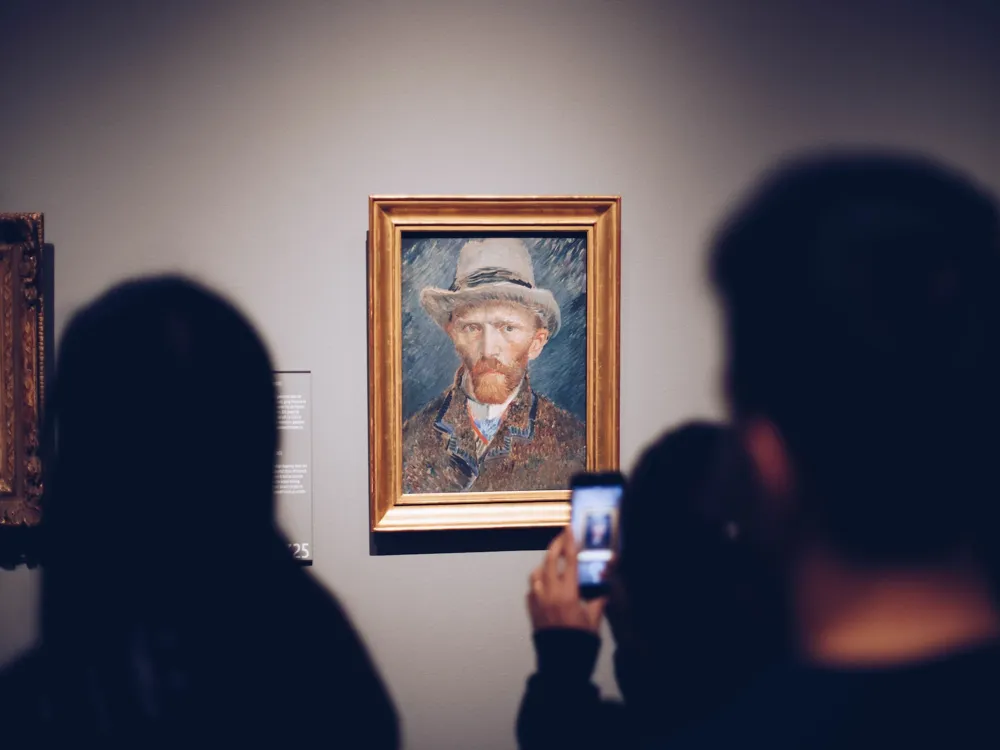
MIM Mineral Museum is a private museum with over 2000 minerals on display across 450 species collected from 70 countries. It is located at the Université Saint-Joseph Campus of Innovation and Sport. The stunning phosphorescent crystal room is particularly popular.
The exhibitions are themed and classified, ranging from natives and alloys to organic minerals. There are interactive, informative panels on display in Arabic, French and English and guided tours are also offered. There is also a small section dedicated to Lebanese fossils, which is a must-visit. Films about finding minerals and pollution are screened in the museum's small screening area.
Read More
Mohammad Al Amin Mosque
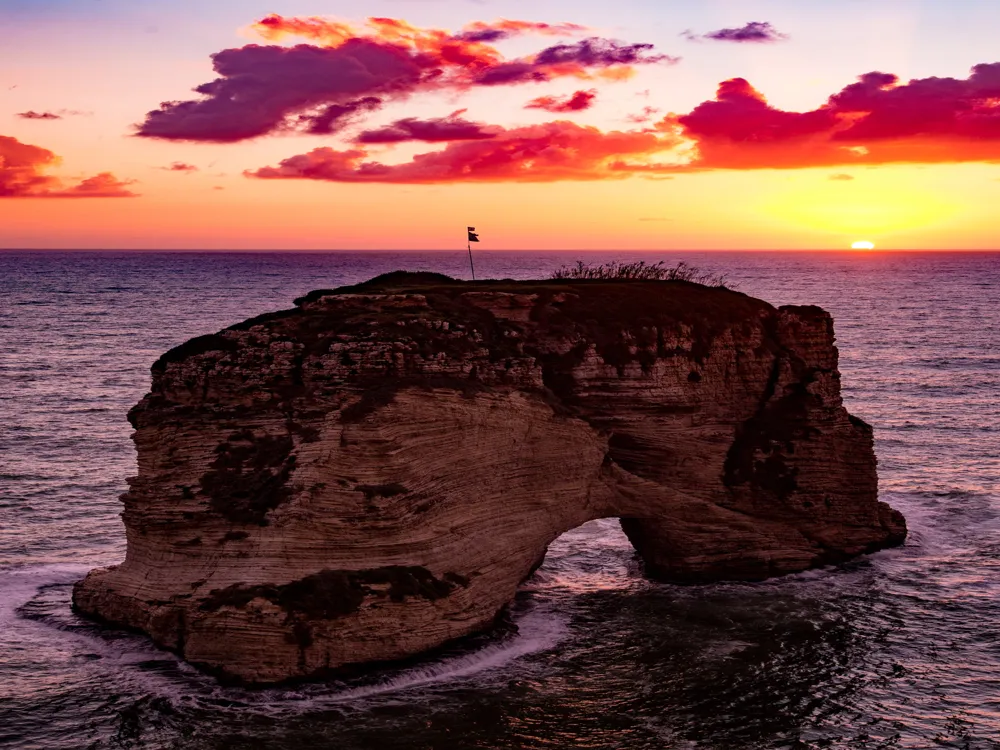
Mohammad Al-Amin Mosque, also known as Blue Mosque, is Lebanon's biggest mosque. It opens onto Martyr's Square right next to Saint George Greek Orthodox Cathedral. With prime Ottoman architecture, the building is covered with Beiruti yellow sandstone with four minarets standing at 65m.
It has a high dome and square windows covering the ceiling, which allow light to enter the structure. The main hall houses male worshippers, while the prayer hall designated for women can be entered from the other side. The mosque’s chief patron, Rafic al-Hariri, was buried within the mosque after his assassination in 2005 until a separate mausoleum next to the mosque was established in 2015. Its 45m high blue dome and tall minarets have become essential to the Beirut City Centre skyline.
Read More
Mzaar Ski Resort
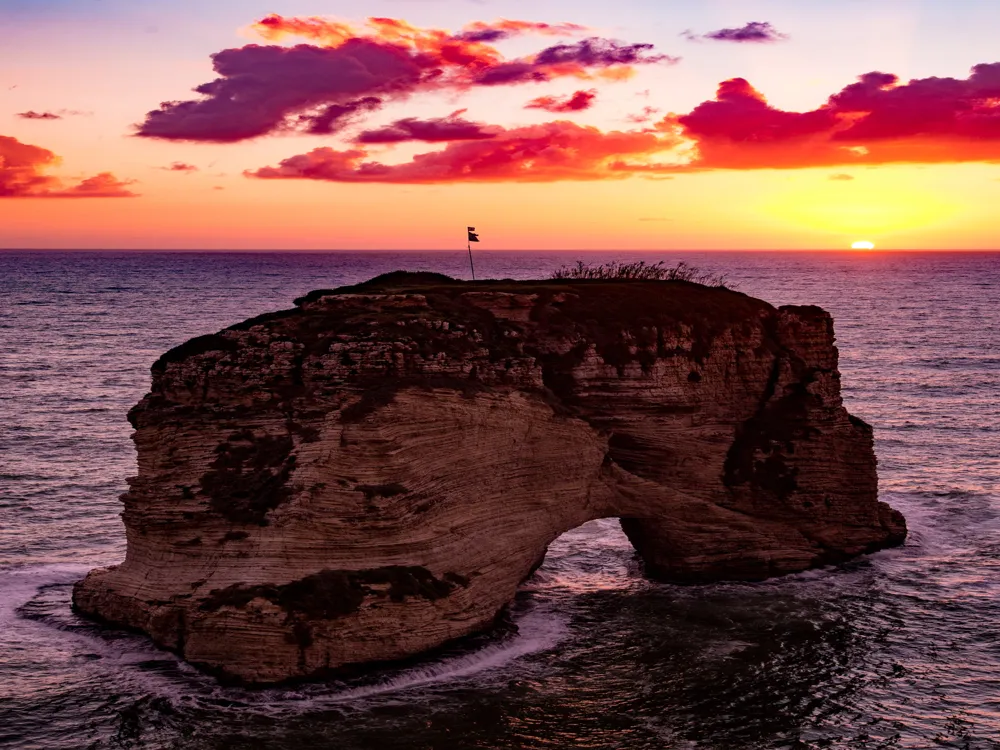
Mzaar Ski Resort, also known as Ouyoune el Simane, is the largest ski resort in the Middle East and is located only an hour away from Beirut. The resort spans 42 hills and 80 kilometres. It is the perfect location for skiing, ski-doo, night skiing, ziplining, snowshoeing, snowboarding and exploring the mountains on a snowmobile.
The highest skiing range is 2,456 metres, whereas the lowest is 1,850 metres. The highest peak is the namesake Mzaar peak. It is best suited for experienced skiers or snowboarders, whereas the other peaks may be better suited for beginners. There are also several cross-country trails at the ski resort. There is a kid’s ski park as well. The view from the peaks blanketed in snow is also stunning. They offer ski lessons and snow gear for hire. The ski season stretches from early December to early April.
Read More
Pigeon Rocks
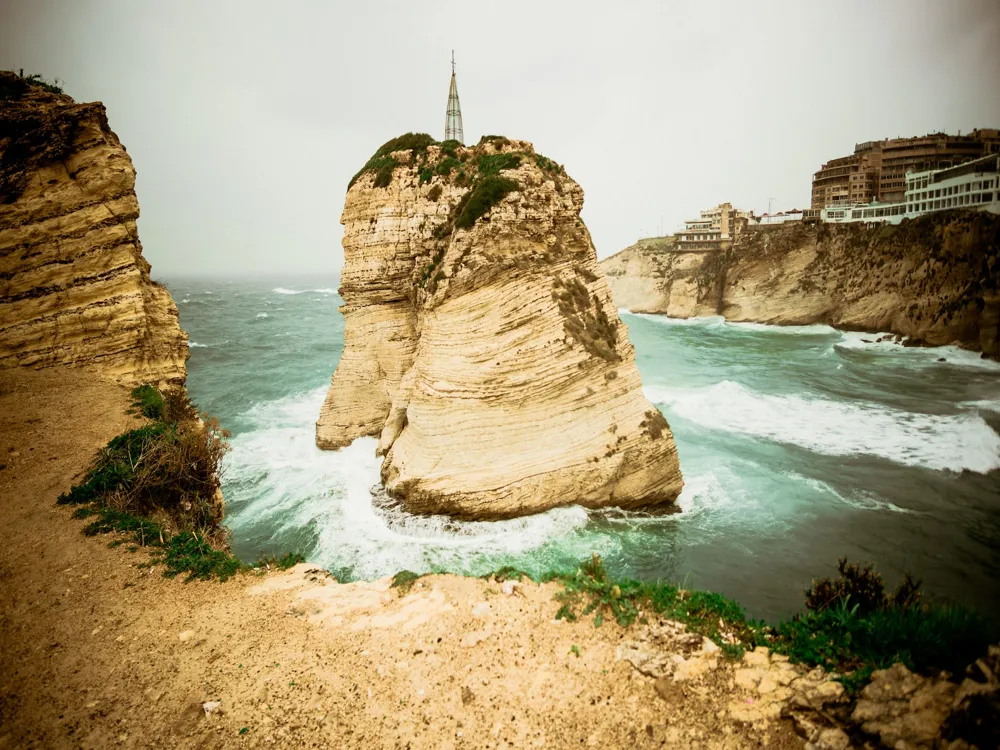
Pigeon Rocks are a natural landmark located off the coast of Raouché on Beirut’s westernmost tip. They are two gigantic rock formations that rise from the sea to stand like sentinels guarding the coast of Raouché. They are famous for being the only natural offshore rocks in Lebanon and for the picturesque view of the Mediterranean sea skyline.
You can take a boat to view the 60-metre tall Rocks up close, go through the arch of the larger one and explore the nearby caves. There are many restaurants and stores located near the shore. It is best to visit at sunrise or sunset.
Read More
Raouche
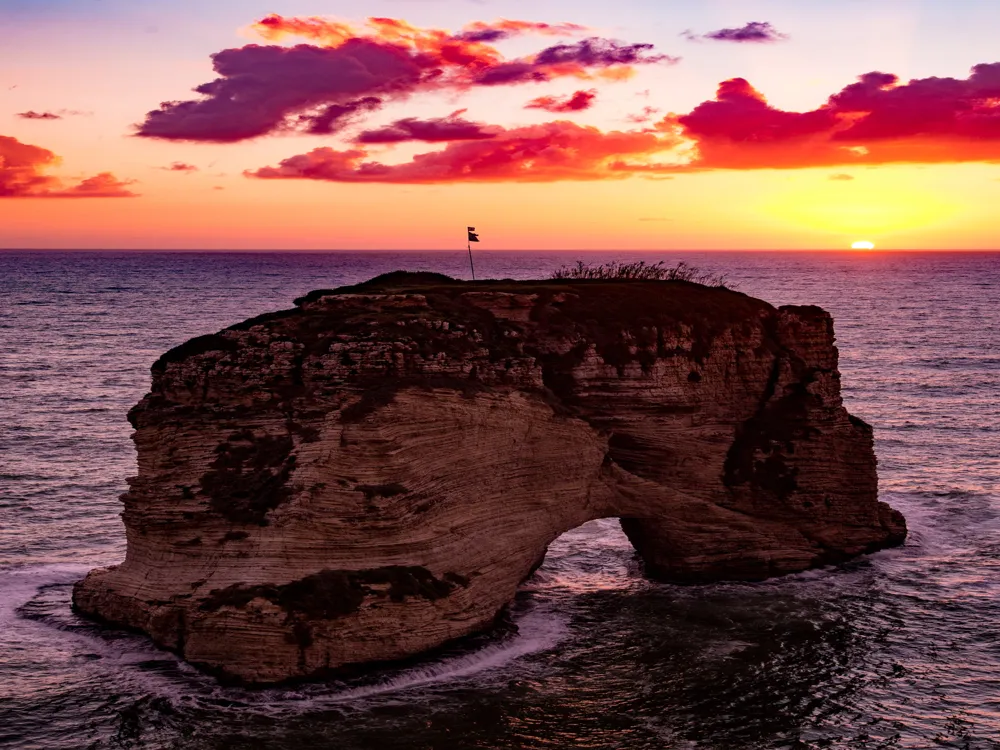
Raouche is a popular residential and commercial quarter in Beirut. It is known for its cliff-side cafés that border Avenue de Paris, a popular spot for joggers during the weekends. Numerous restaurants and upscale apartment buildings make it a hub for tourists and activities. The rock of Raouche or Pigeons’ Rock is the top attraction here.
These two huge rocks rise out of the Mediterranean Sea and give the effect of an arched door at the westernmost tip of Beirut. Bay Rock, serving traditional and international food, is a restaurant and café facing these rock formations and giving stunning sea views. In addition, there are various other eateries to check out, including Feluka Seafood Restaurant on the Manara promenade and La Terrasse Dbaibo overlooking the Pigeon's Rock and Lamb House.
Read More
Roman Baths Beirut
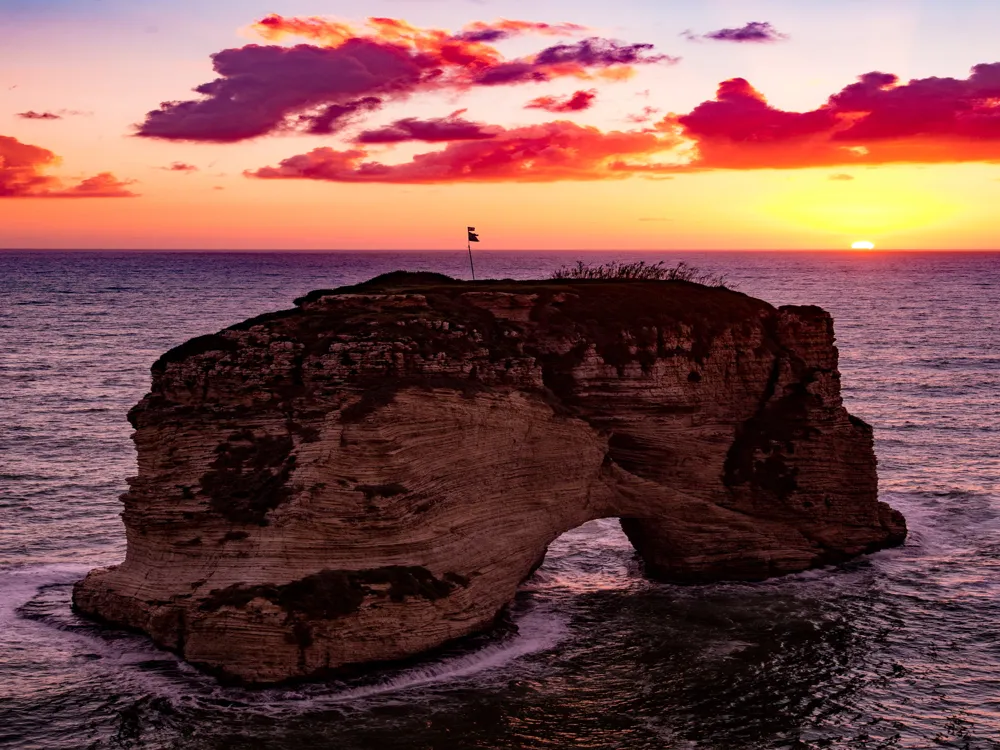
The Roman Baths in Beirut are the archaeological ruins of an ancient Roman Bath belonging to the 2nd Century BCE. It is located in the middle of the city between Banks Street and Capuchin Street. A medicinal plant garden is also located here.
The Roman Baths have been preserved archaeologically and often act as performance spaces reflecting their traditional use. It has four main halls, a marble pool that once served as a sauna, a large stone basin which would’ve contained cool water, and the main room and the adjoining warm room. It is most famous for the clear view of the heating system of the pools due to the demolition of the floor. The garden is built in a Mediterranean style, replete with medicinal plants often used as bathing balms. It is an exciting location to visit with historical significance, to learn about the heating system used in Ancient Rome, and to enjoy the performances held in the baths.
Read More
Sanayeh Park
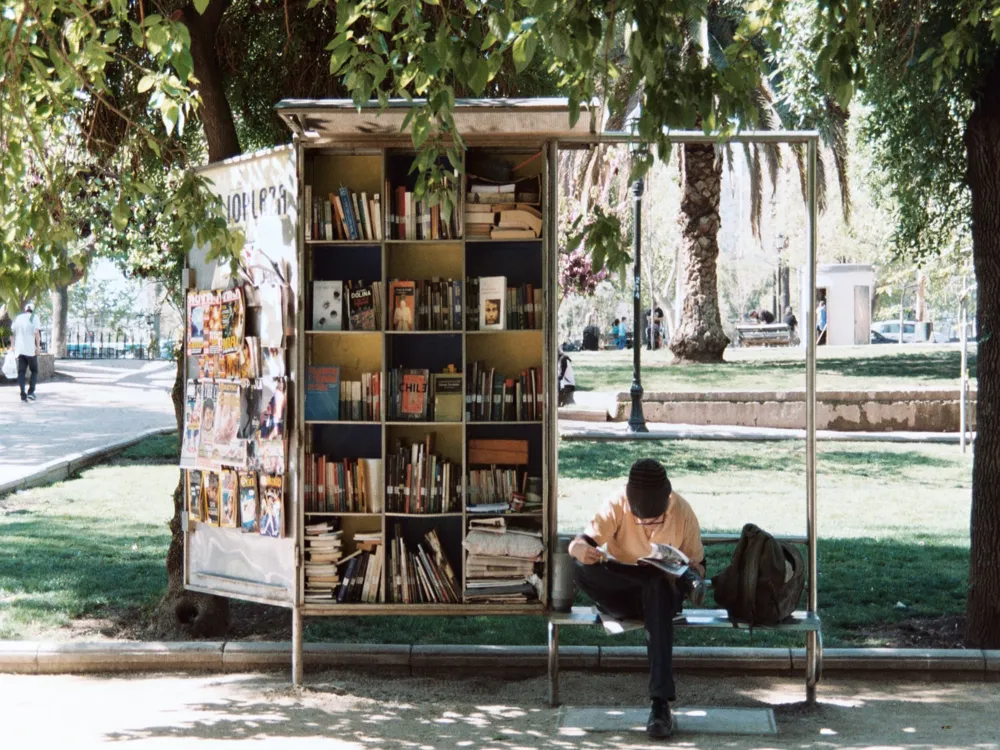
Sanayeh Garden, officially known as Rene Moawad Park, is an urban park and one of the oldest open-air public spaces in Beirut. It is popular for walking and jogging and has a children’s play area, pool, biking paths and an amphitheatre. There is also a beautiful fountain which is the tallest fountain in Beirut.
Beirut Travel Packages
View All Travel Packages Beirut
Nearby Places Beirut
Browse Package Collections
Browse Hotel Collections










